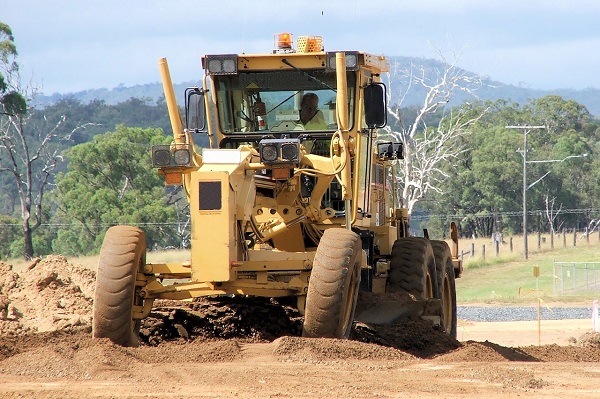Are you looking for the best mining equipment? With so many different types of mining equipment on the market, it can be challenging to select the right machinery for your mining business. Excavators, drills, and rock dusters are just some of the essential machinery that’s available. Get your business off to a great start by finding durable mining equipment for sale on Truck & Trailer.
Selecting mining equipment
The mining sector includes the extraction of coal, gas, and oil as well as metal ore mining. Businesses that supply supporting services are also an important part of this industry. Different types of equipment are required depending on which segment your business focuses on. When you’re choosing equipment, you’ll also need to take your budget into account.
Earthmovers

Earthmovers are used to transport soil and earth quickly and efficiently. This heavy-duty equipment is designed to work on big projects in conjunction with bulldozers. Earthmovers remove large amounts of waste materials so that excavators can be used to extract minerals and resources.
Excavators
Excavators play a vital role in the mining sector. Excavators are mobile vehicles that are used to loosen and remove earth. Important components of this equipment include tracks or wheels and a rotating platform. Digging is made possible by a hinged arm and bucket.
Roof bolters
Roof bolters play an essential role in underground mining. These huge machines are used to reduce the risk of underground tunnels collapsing.
Blasting tools
Blasting tools are used to break up rocks so that useful resources can be extracted from the waste material. Carefully calculated amounts of explosives are used to get the job done. This technique is also used to remove layers of rock that are preventing miners from accessing the materials underneath them. Blasting equipment is required for both underground and open-pit mining. High safety standards need to be upheld as blasting is dangerous and the incorrect application of this technique can result in damage to rock structures that leads to unwanted caving. Drilling and excavation take place before the material is taken to the surface using a conveying or hoist system.
Draglines

Draglines are huge machines that are used to remove dirt and reveal coal or minerals beneath the surface of the earth. Draglines are amongst some of the biggest equipment in existence and they can remove large amounts of material in one go
Rock duster
Rock dusters are used in coal mining to distribute inert mineral dust across coal dust. This is an important process that is used to increase safety as coal dust is highly flammable and can result in explosions.
Crushing equipment
The different types of mining equipment include machines that crush rocks. These machines are used to boost productivity by breaking large rocks into smaller pieces before transportation takes place. Crushing equipment decreases the expenses that accompany working with bigger-sized materials. They also ensure the efficiency of the extraction process.
Continuous and longwall miners
Continuous miners are machines with large rotating teeth that function to scrape coal off coal beds. In hazardous situations, robotic continuous miners are used to get the job done. Longwall miners clear away big sections of coal with huge cutting shears.
Drills
Drills are used to reach underground resources that aren’t located close to the surface. Once the miners have drilled into the ground, they use pipes to extract natural gas or oil. In coal and mineral mining, holes are drilled into the ground before using explosives to remove big pieces of earth.

Now that you know more about the different types of mining equipment, you can invest in the machinery that will best match the objectives of your business. Find durable mining equipment for sale on Truck & Trailer today.
Truck & Trailer Staff Writer
Latest posts by Truck & Trailer Staff Writer (see all)
- Reach the right target audience with Truck & Trailer’s digital marketing products - April 21, 2020
- Mercedes-Benz Arocs: A new Force in Construction - March 24, 2020
- 9 fuel-management tips to improve your fleet’s consumption - March 17, 2020






